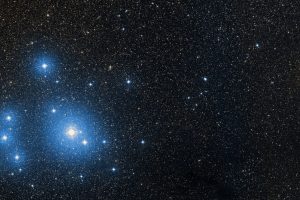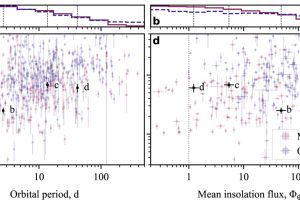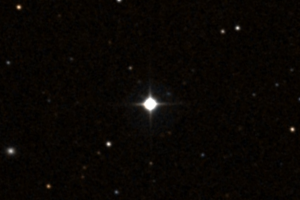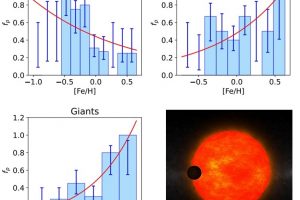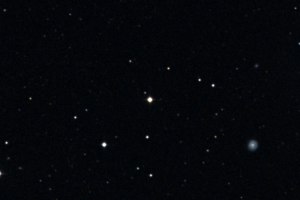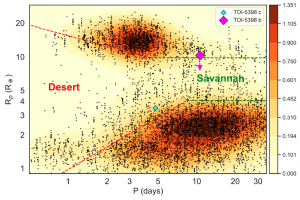Extreme climatology on Hot Jupiters. The study: “The GAPS Programme at TNG. LXIX.The Dayside of WASP-76b revealed by GIANO-B, HARPS-N and ESPRESSO: Evidence for Three-Dimensional Atmospheric Effects” of G. Guilluy (INAF – OATo) appeared on A&A

Planetary climatology under extreme conditions thanks to GIANO-B, HARPS-N and ESPRESSO observations of the hot Jupiter WASP-76b Among the 6007 confirmed exoplanets to date (09/22/2025), there exists a class of planets absent in the Solar System but crucial for studying atmospheric physics under extreme conditions: ultra-hot Jupiters. These are gas giants in very close orbits around their host stars,
» Read more

